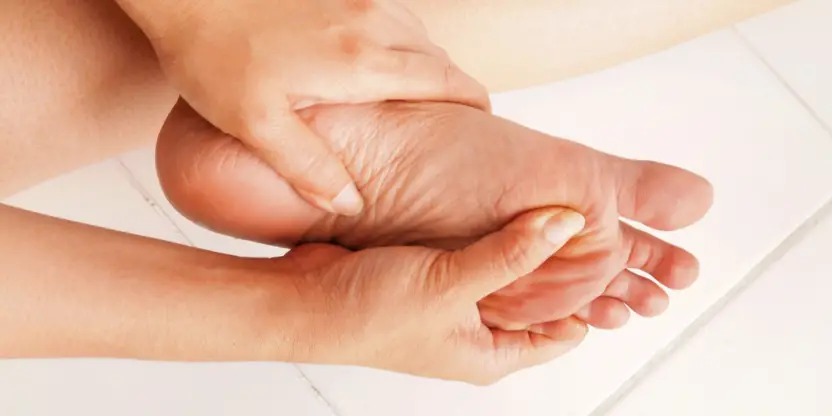Diabetes mellitus is a chronic condition that happens as a result of abnormal blood sugar levels. These abnormalities occur because the body is unable to produce sufficient amounts of insulin or it can’t properly use the insulin it has produced.
Statistics regarding diabetes are more than alarming, to say the least. The number of newly diagnosed diabetics rises more and more with every day, on a global level, and more and more people die from complications with diabetes around the globe.
This condition is mainly caused by unhealthy eating habits and physical inactivity. We’ve talked about diabetes before, about the types of diabetes, early detection signs, high risk groups of people and about how to prevent and control the condition naturally. Today, we’ve decided to talk about the feet problems that often occur in patients with diabetes. How does diabetes affect our feet, what can you do about it and when it’s the right time to seek professional help?
How Does Diabetes Affect Our Feet?
Over time, diabetes can cause nerve damage also known as diabetic neuropathy. Patients with this condition feel tingling and pain in their extremities and can often lose all sensations in the legs, especially the feet.
When your feet start getting numb you probably won’t notice the potential injuries that can result in smaller or larger cuts and bruises. These cuts and injuries can become a breeding ground for germs and bacteria which can significantly increase the risk of infection. Why does this occur in people suffering from diabetes?
Diabetes can also significantly reduce your blood circulation in the legs and feet so insufficient amounts of blood (full of white blood cells responsible for your immunity) and nutrients (for regeneration) make it more difficult for the wounds to heal properly and the infections spread. In some cases, the infection cannot be cured and eventually it may all lead to gangrene or foot ulcers.
In some cases, the gangrene or foot ulcers that occur do not respond well to treatment so in order to prevent the spread of this dangerous infection doctors proceed to amputation of the toes, feet and sometimes even a part of the leg.
How to Keep Your Feet Healthy and Prevent Complications?
Check your feet daily
Maybe you have some problems with your feet but you don’t feel any pain. If you develop a habit of frequently checking your feet you will be able to react in time to prevent the problem from escalating. For example, make it a habit of checking your feet every night before going to bed. Take off your socks and look at them, between the toes and so on to see if there are any changes. Look for any kind of cuts, wounds or red spots, check for swelling or blisters, ingrown toenails or dark colored nails, parts of your feet that feel warmer than usual and fungal infections that may cause cracked skin.
If you notice any of the symptoms above consult with your doctor and don’t try to fix the problem on your own.
Wash your feet regularly
In addition to checking them regularly, make it a habit to wash your feet every day as well. Wash them with lukewarm water and soap, gently and don’t soak them for too long. Dry them thoroughly afterwards and apply some antimicrobial powder.
Clip your nails carefully
You should pay special attention to how you clip your nails. Make sure you do it in a way that won’t allow for an ingrown nail as they often result in wounds.
Always wear socks and slippers
Covering your feet at all times will prevent their injury. Never walk bare foot on hard surfaces as you are likely to get injured and not even feel it. Make sure your socks are clean and your shoes as well.
Improve your circulation
Here are some tips on how to improve your circulation:
- Keep your legs elevated when you’re sitting for a longer period of time.
- Be physically active
- If you smoke, quit immediately
- Don’t wear socks and shoes that are too tight
- Do some feet exercises and massage your feet regularly.


